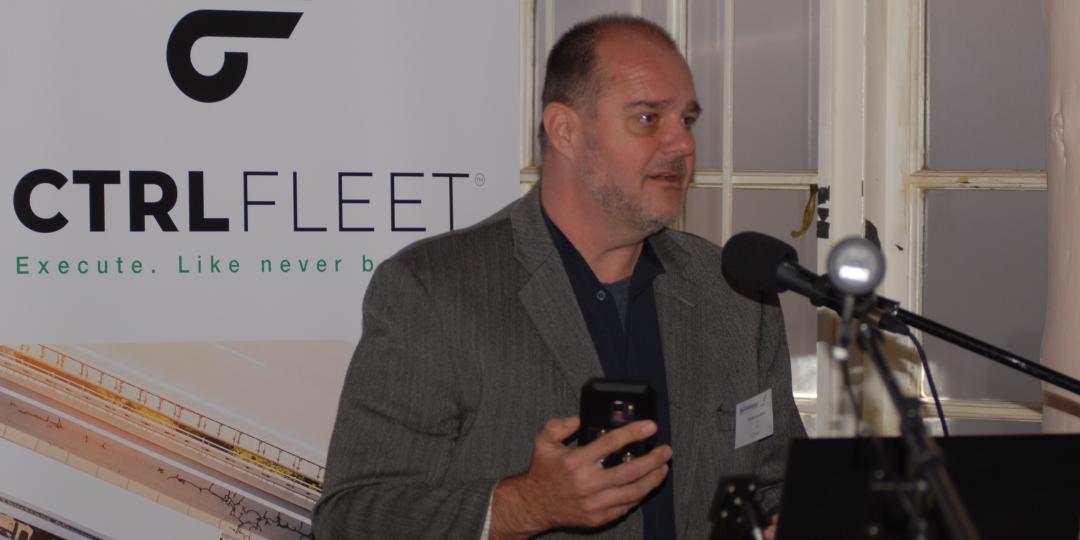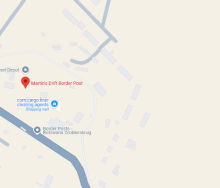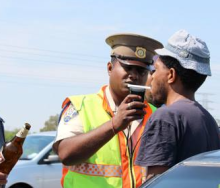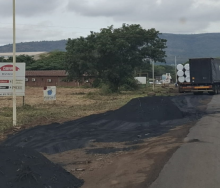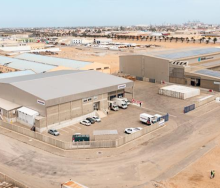On-board monitoring through smart technology offers a range of capabilities to road fleet managers, but the latest cellphones are usually not designed to withstand Africa’s robust environment, which is not so smart.
The deliberate attempts of some drivers to blindside the digital eyes-in-the-cabin-capacity of control rooms adds to the frustration of truck fleet owners and their managers.
But a company called Internet of Things Integration (IOTI) believes it has an answer for the shock and system-interference challenges that road haulage poses to smart tech capability.
Formed with the express purpose of safeguarding handsets and improving in-cabin capability, IOTI has designed and patented a tailor-made utility box that fits into the radio tray of a truck.
Chief executive of IOTI, Norman Parkin, told a recent gathering of the Transport Forum that cellphone manhandling and accessory malfunctioning was one of the biggest impediments to transporters monitoring what their drivers and trucks were up to.
“Drivers are very hard on these devices. They break them. There are always issues with charge cables connecting with sockets and the like. Every month charge cables have to be replaced.”
In addition, said Parkin, drivers with ulterior motives or, through plain tardiness or neglect, had figured out how to manipulate cellphones to avoid transgression detection through telematics software.
“They want to make sure their employers don’t know what is going on.”
But IOTI’s cellphone utility box, says Parkin, offers “optimal data journey” capability in that it attaches to a cellphone in such a way that it neutralises drop risk, simultaneously enhancing connectivity while also charging units through its use of multipurpose magnets.
Parkin says the utility box also enables remote access to smart tech.
“Cellphone cameras can be switched on and off remotely, so if you need to see what’s happening inside the cabin and the driver has stuck something on the drive cam, you can access the handset’s camera remotely to see what’s going on in the cabin.”
Parkin explained that the ability to remotely control the audio settings of handsets meant drivers were no longer able to use the excuse of not being able to hear their phones.
What’s more, a “One Touch” app has been developed to ringfence communication through the cellphone, allowing ten select numbers to have exclusive access to the carrier of the phone, while the driver can also only make quick-tap calls to these contacts.
From a road safety point of view, Parkin said: “It also assists with accident monitoring and management, so as you drive it records information inside the cabin continuously, and when you have an accident, a two-minute video is sent to a server that is kept safe for later analysis.”
Parkin said the box was really a simple solution to make smart tech even smarter for Africa’s often-rough road freight conditions.
